This guide will walk you through what to plant in September in Zone 10, ensuring your garden flourishes through the autumn months and beyond.
Vegetables To Plant
Growing vegetables in Zone 10 during September allows you to take advantage of the still-warm soil, perfect for germinating plants that thrive in cooler weather. Here are ten vegetable options to consider:
Tomatoes
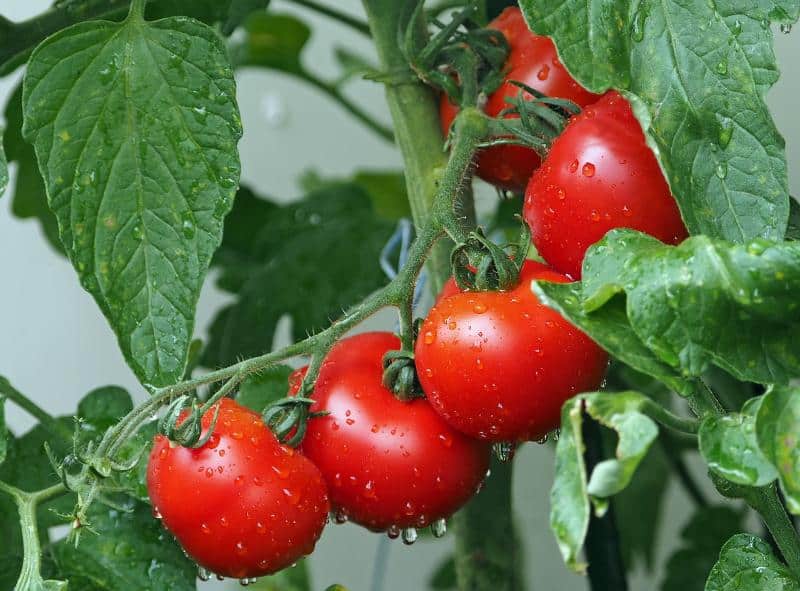
Tomatoes can be planted in early September in Zone 10. Varieties like ‘Cherry’, ‘Roma’, or ‘Beefsteak’ thrive when planted this time, benefiting from the residual warmth. Generally, daytime temperatures should stay above 75°F to ensure healthy growth. Provide a trellis or cage as support, and be wary of pests like aphids and whiteflies. Ensure they receive at least 6-8 hours of sunlight for optimal fruit production.
Peppers
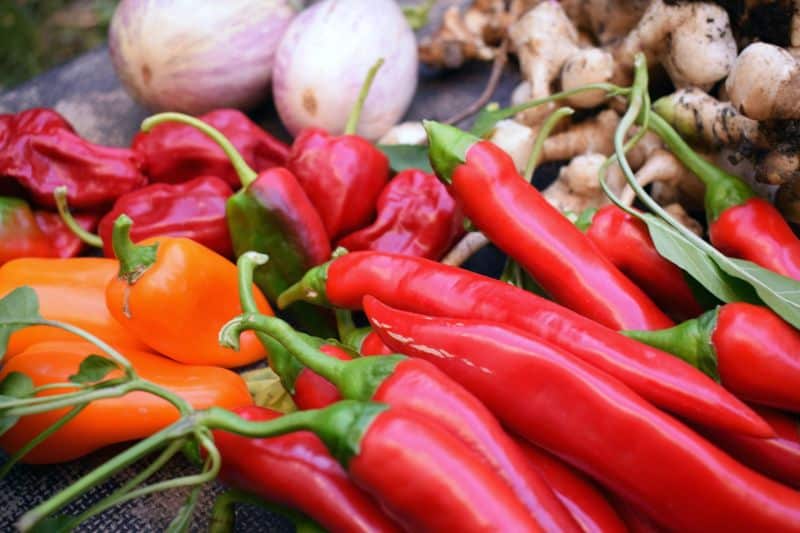
Peppers, another warm-weather favorite, can also be planted in early September. Varieties such as ‘Bell’, ‘Jalapeño’, and ‘Habanero’ thrive, especially when planting transplants. With a heat tolerance, peppers do well with daytime temperatures between 70°F and 85°F. Regular watering without waterlogging will help develop robust fruit. Also, look out for spider mites and aphids, common pests in warmer months.
Spinach

September is a perfect time to sow spinach seeds in Zone 10 as it loves temperate climate conditions. Spinach thrives in temperatures between 50°F and 70°F. When planting, consider choosing a partial shade area to extend the growing season. Sarpo Mira and Tyee are reliable varieties. Spinach matures in about 40-50 days, so you can enjoy fresh greens right into the cooler months.
Broccoli

Broccoli, a cool-season vegetable, does well in September plantings. The optimal temperature for growing broccoli is between 60°F and 70°F. Direct sow seeds or transplant young seedlings into well-drained, nutrient-rich soil. Consider varieties such as ‘Calabrese’ and ‘Green Magic’. Regular watering and mulching can help sustain moisture while preventing weed growth.
Carrots

Carrots can be sown in September when soil temperatures still remain warm. The best varieties for quick harvests include ‘Nantes’ and ‘Danvers’. Carrots prefer loose, sandy soil that is free from stones. Ideal temperatures hover around 60°F to 70°F. The seeds should be planted about 1/4 inch deep, and keeping the soil consistently moist will promote quick germination and growth.
Radishes

Radishes offer a quick turnaround from sowing to table, making them an excellent choice for September planting. Strong varieties like French Breakfast and Cherry Belle thrive in cooler temperatures, around 55°F to 70°F. Directly sow seeds approximately half an inch apart in well-drained soil. They mature quickly, typically in 25-30 days, allowing for multiple harvests in a single growing season.
Lettuce

With the start of fall, September is an ideal time for planting various lettuce types such as Romaine, Butterhead, and Leaf lettuce. Thriving in cooler weather at temperatures between 60°F and 70°F, it’s best to sow them directly in nutrient-rich soil, ensuring they receive partial sun to avoid wilting. Lettuce is a fast-growing crop, often ready for harvest within 30 days.
Green Beans
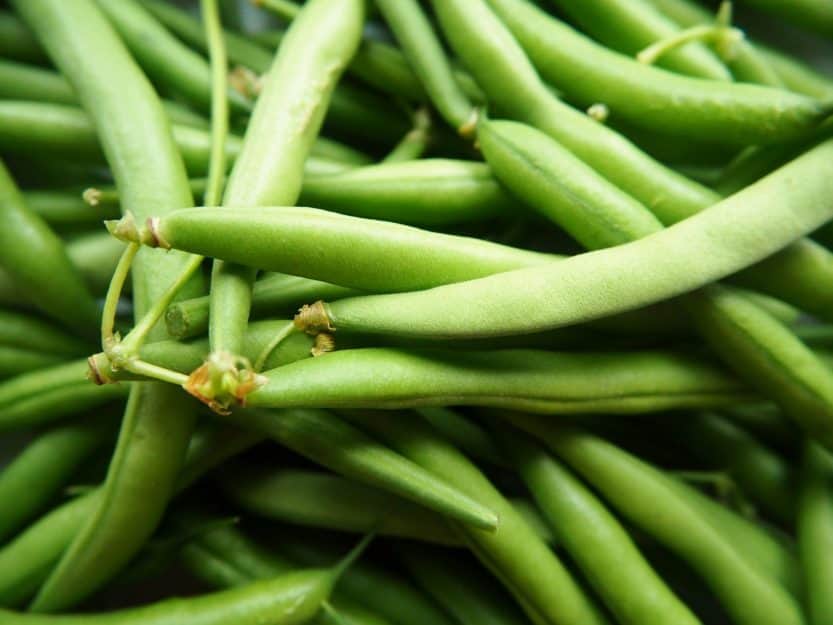
Green beans can be seeded in September, taking advantage of the warm, well-draining soil. Varieties such as ‘Blue Lake’ or ‘Provider’ favor temperatures around 70°F to 85°F. They need direct sunlight for about 6-8 hours a day. Regular harvesting of the pods encourages continuous bean production throughout the season.
Beets
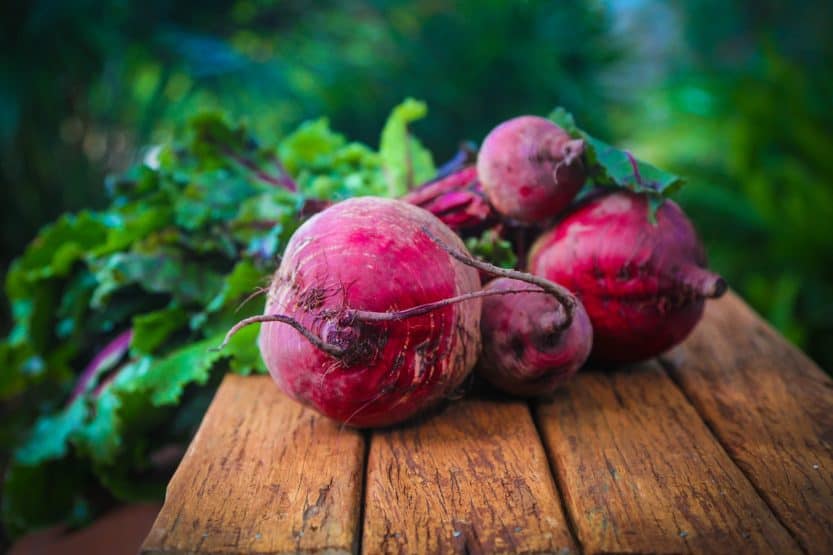
Beets are another cool-season vegetable suitable for September planting. They flourish in temperatures between 50°F and 75°F. Plant seeds about 1-2 inches apart in well-tilled soil. Varieties such as ‘Detroit Dark Red’ and ‘Chioggia’ are popular choices. Beets benefit from consistent moisture, and the greens can also be harvested alongside the roots for added nutrition.
Cauliflower
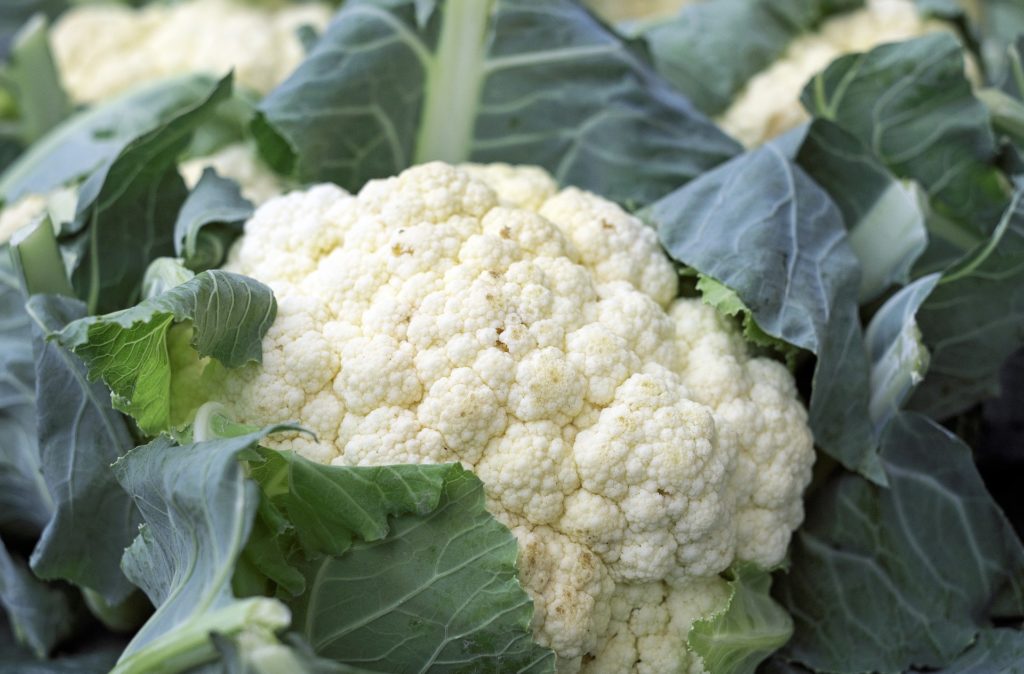
Cauliflower can successfully be planted in September as temperatures begin to cool. Ideal growing conditions hover around 60°F to 70°F, and varieties such as ‘Snowball’ and ‘Cheddar’ do particularly well in Zone 10. Cauliflower needs nutrient-rich soil and regular watering to produce dense heads. Ensure adequate spacing to allow for proper air circulation and growth.
Flowers To Plant
September is a wonderful month for planting flowers in Zone 10, as it allows for excellent spring blooms. Here are ten flowering plants that thrive during this time:
Marigolds

Marigolds are hardy and colorful, making them a favorite for gardens globally. They thrive in full sunlight and are resistant to pests. Planting them in September allows for a vibrant display in the fall and preparing the soil for next spring. Varieties such as ‘French Marigold’ and ‘African Marigold’ can withstand temperatures well into the 40s°F but prefer daytime heat. Regular deadheading encourages continuous blooms.
Zinnias
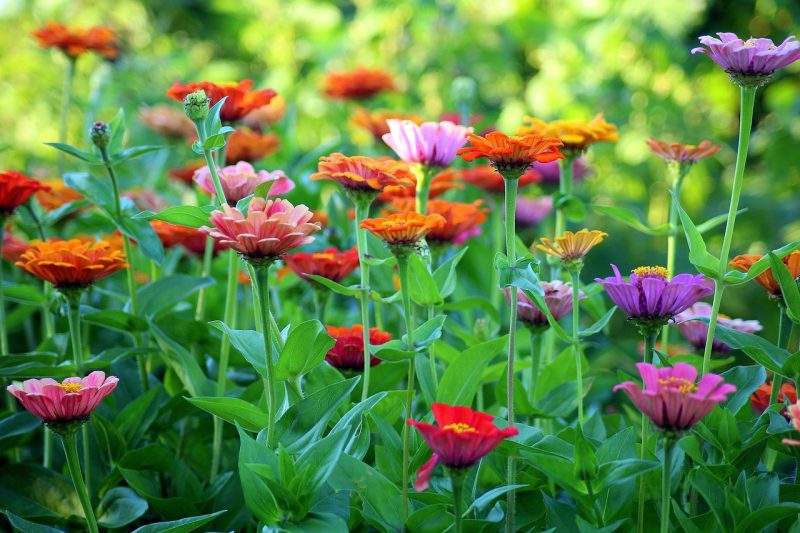
Zinnias are remarkably resilient and create bursts of color in any garden. They thrive in well-drained sunny areas and adapt well to different soil types. Planting zinnia seeds directly in the garden in September allows for autumn blooms that can last until the first frost. Water deeply but infrequently to promote root growth, and select varieties like ‘Zinnia Elegans’ for stunning colors.
Snapdragons
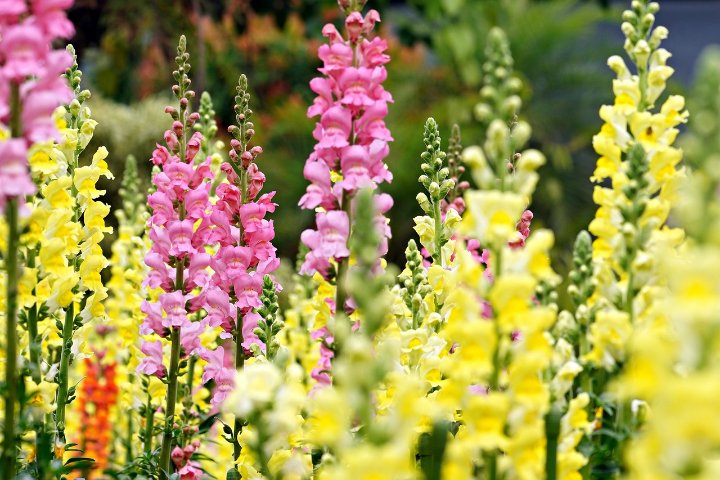
Snapdragons can be seeded in September, flourishing in cooler weather during the late winter and early spring. Varieties such as ‘Rocket’ are ideal for giving you vibrant blooms as temperatures drop. They prefer well-draining soil rich in organic matter and perform best in full sunlight. Regular watering will assist in establishing strong roots before winter.
Petunias
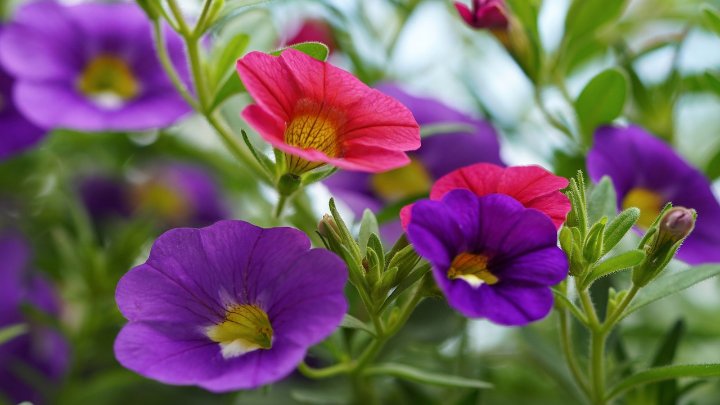
These versatile flowers are excellent for hanging baskets or borders. While not as cold-tolerant as others, planting certain hybrid varieties in September allows for late blooms. They thrive well in full sun and require well-draining soil. Regular deadheading and watering will keep them looking vibrant through cooler weather.
Pansies

Pansies are a charming addition to gardens in cooler months. Ideal for planting in September, they thrive in temperatures hovering between 40°F and 70°F. Choose varieties like ‘Sorbet’ which can endure mild frosts. Pansies appreciate well-drained soil and bright sunlight, enriching garden aesthetics with their vibrant colors and unique faces.
Sweet Alyssum
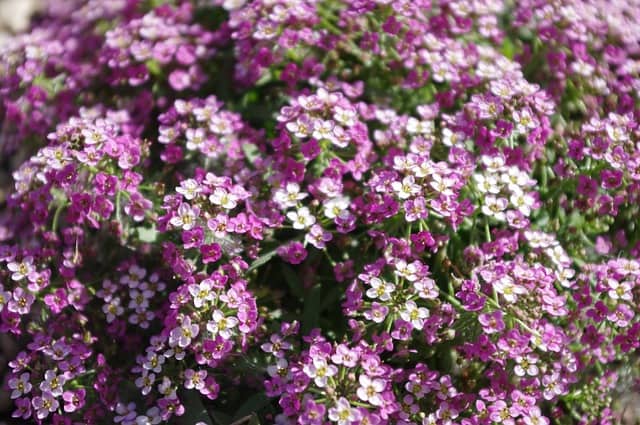
Sweet Alyssum offers a lovely, fragrant addition to your garden, especially when planted in early September. This perennial thrives in full sun and tolerates light frost, making it ideal for fall gardens. It attracts beneficial pollinators and can be spread as ground cover due to its sprawling nature. Regular watering and well-drained soil will help them thrive.
California Poppies
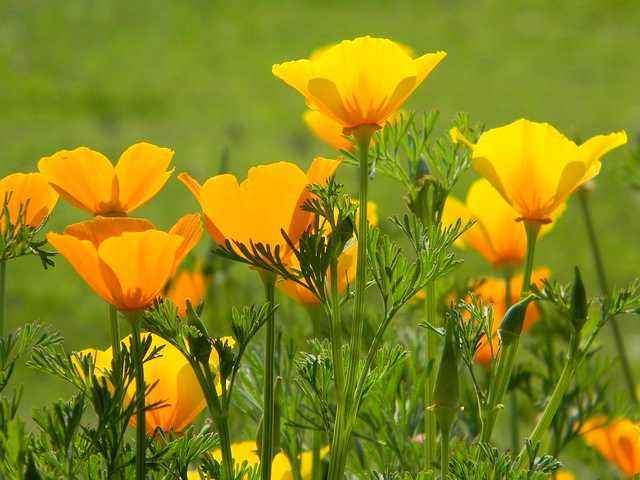
These iconic flowers are perfect for creating a splash of color in the fall gardens of Zone 10. They thrive in warm conditions and are drought-tolerant. Planting seeds in September allows the poppies to establish roots before spring. They prefer minimal water once established, creating a low-maintenance yet visually stunning addition to any garden.
Cosmos
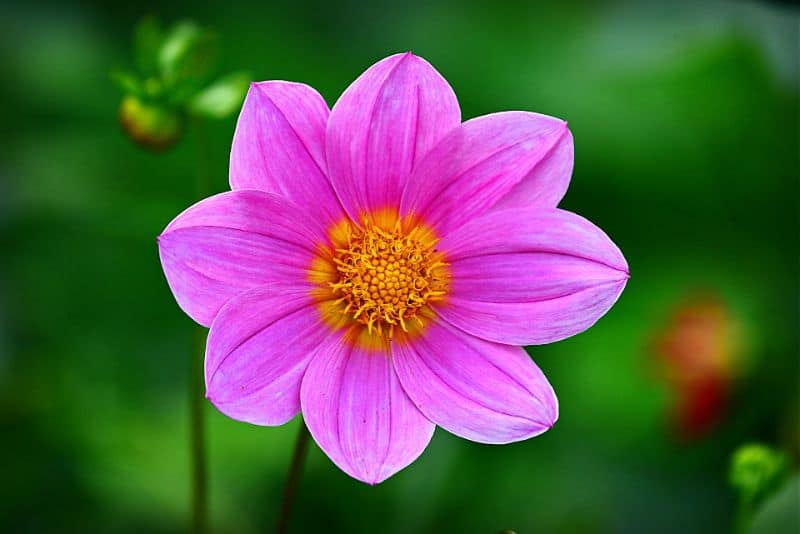
Cosmos are delightful, easy-care flowers that thrive in Zone 10. They are tolerant of varying soil conditions and prefer full sun. September plantings will ensure a robust display that can endure cooler temperatures. Direct sow seeds, and be sure to thin plants for proper air circulation and support as they grow tall and lush.
Fountain Grass
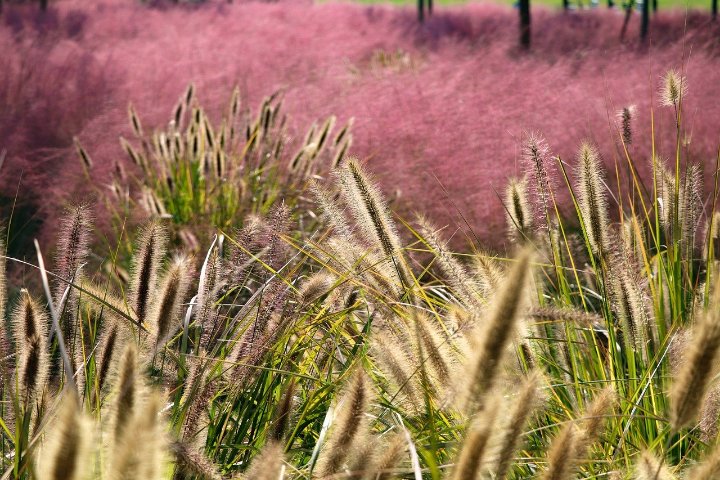
Fountain Grass provides ornamental beauty with its soft, flowing plumes. Plant in September in well-drained average soil for stunning fall and winter visual interest. It thrives in full sun and can adapt to various moisture levels. Regular division every few years encourages healthy growth and expands your planting area.
Salvia
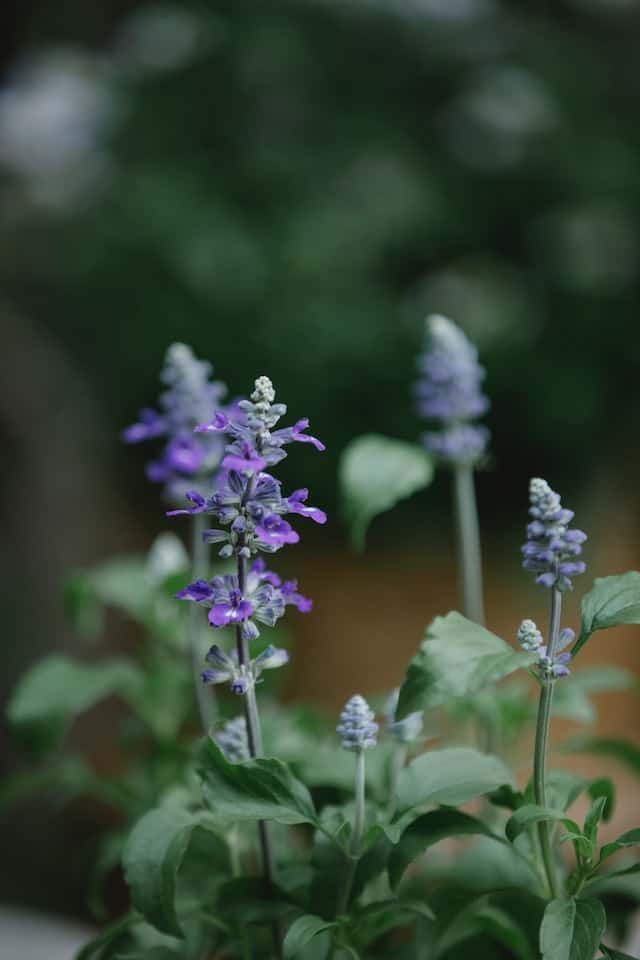
Salvia is a perennial that thrives in warmer temperatures and is well-suited for planting in September. Varieties such as ‘Salvia splendens’ are stunning additions to any garden. They prefer well-drained soil and full sun. Salvia attracts pollinators and is drought-tolerant once established, making it an ecologically beneficial selection for your landscape.
Herbs To Plant
September is an excellent month to plant herbs in Zone 10. Many of these herbs perform well in cooler temperatures and can provide fresh flavors for your fall dishes. Here are ten herbs to consider:
Basil
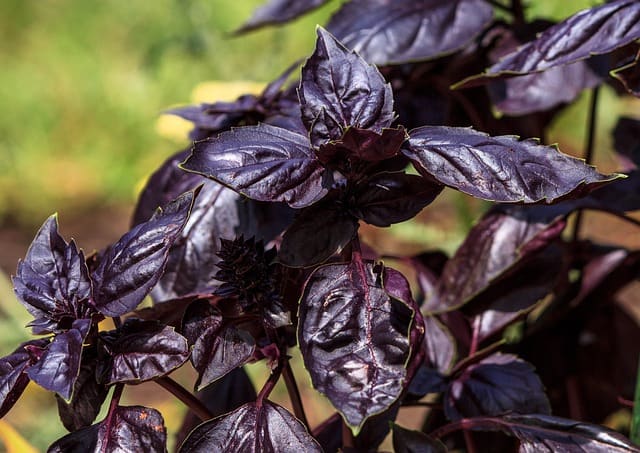
While primarily a summer herb, you can still plant basil varieties like ‘Sweet Basil’ or ‘Thai Basil’ in early September in Zone 10. They thrive in warm soil with temperatures ranging from 70°F to 85°F. Regular harvesting encourages bushier growth. Typically, basil is not frost-tolerant, so planting should be timely to ensure harvests before temperatures drop significantly.
Cilantro

Cilantro is a great herb to plant in September, especially as the temperature begins to cool slightly. With optimal growth at 50°F to 70°F, it’s perfect for late-season growing. Directly sow seeds in rich, well-draining soil. Expect to see fresh leaves in approximately three weeks; additionally, you can harvest the seeds (coriander) later for culinary use.
Oregano

Oregano is a perennial herb that thrives with cooler autumn temperatures. Plant it in well-drained soil and full sun for the best flavor. Regular pruning enhances the oil concentration, enriching the taste. It can handle occasional dry spells, making it a reliable option for new gardeners.
Thyme
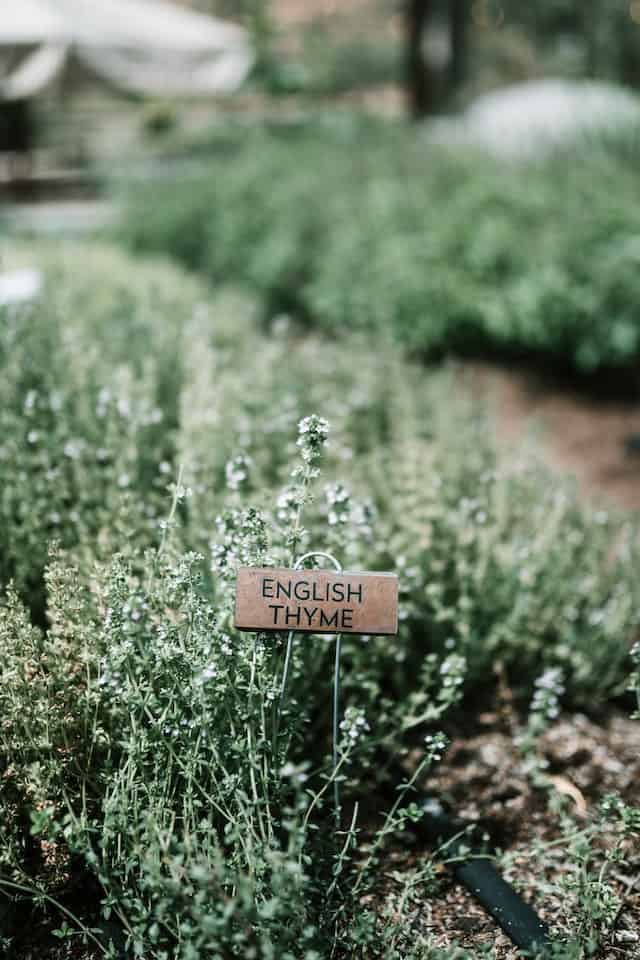
Thyme is exceptionally adaptable and can even thrive in poor soil conditions. Use well-draining spots and ensure it gets full sun. Planting thyme in September helps establish it before winter temperatures arrive. This herb features a robust flavor profile and is often used in Mediterranean cuisine.
Chives
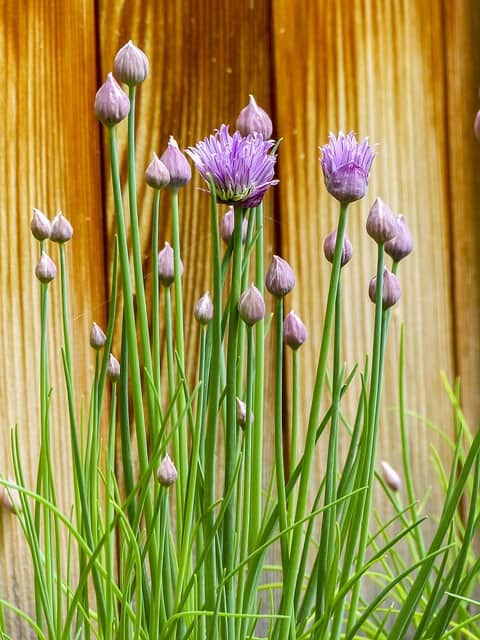
Chives are well-suited for September plantings, thriving in cooler weather. They prefer full sun and well-drained soil. Chives can last through mild winters and will provide fresh greens in the spring. The flowers are also edible and attract beneficial pollinators, making them both beautiful and practical in the garden.
Parsley

Parsley is another herb that blends well in various dishes. It’s hardy enough to withstand mild temperatures from 50°F to 70°F and can even survive light frosts. You can directly sow or transplant young plants in nutrient-rich soil. Regular harvesting encourages continuous growth.
Mint
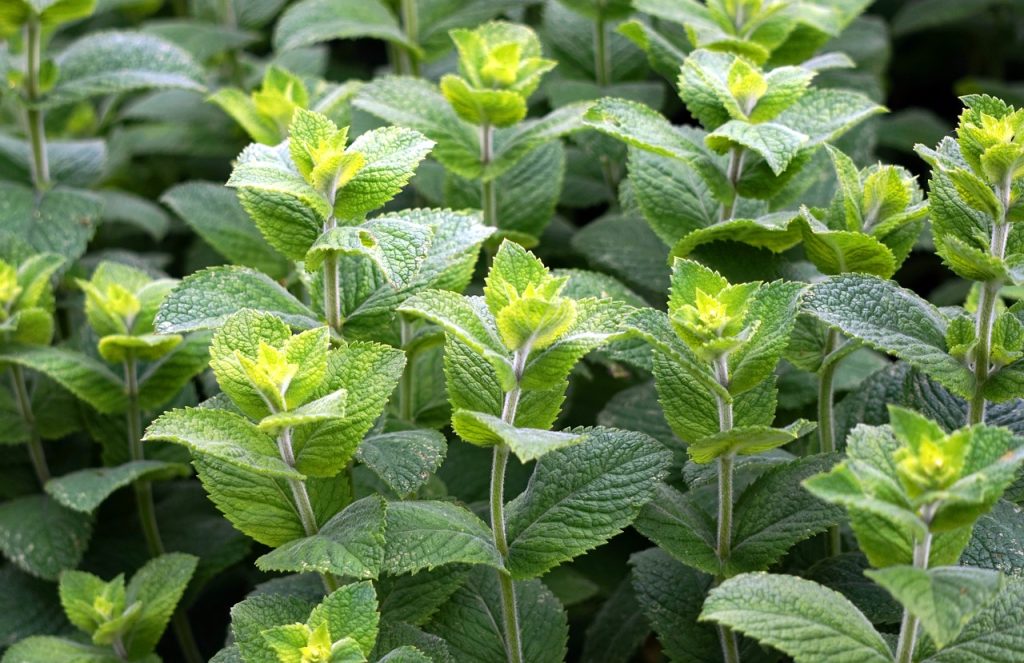
Mint is a vigorous grower best planted in containers or segregated areas to prevent it from overtaking your garden. It thrives in moist conditions but dislikes standing water. Plant mint in well-drained soil with partial sun and watch it flourish. September’s cooling temperatures are ideal for establishing robust plants.
Dill
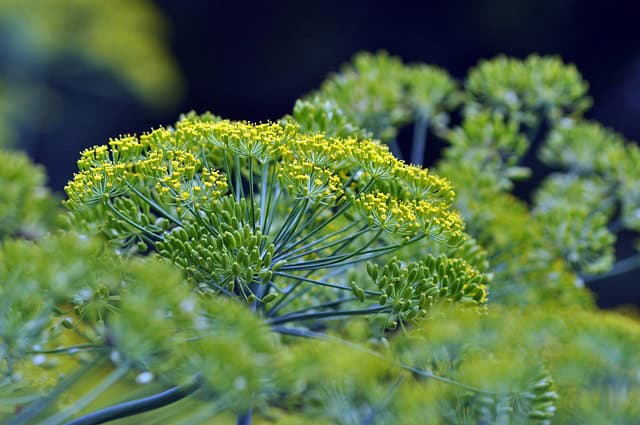
Dill is a wonderful herb to plant in September, as it prefers cooler temperatures. Sow seeds directly into the ground, and you can expect young plants to thrive in spaces receiving full sun. Dill can reach up to 3 feet in height, so give it ample room to grow. This herb also attracts beneficial insects, making it a welcome addition to your backyard.
Fennel
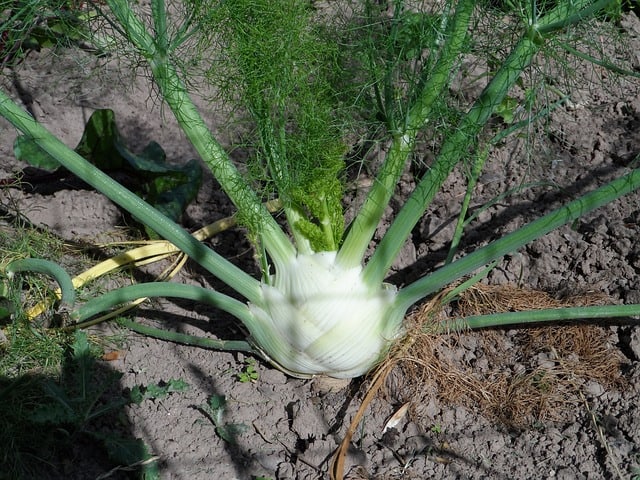
Fennel adds a unique flavor and attractive look to any herb garden. This perennial herb prefers warm days and cooler nights, making September an ideal planting month. Well-drained, moist soil with full sun encourages optimal growth. Ensure to give fennel sufficient space, as it can grow quite large.
Sage

Sage is a versatile herb that prefers full sun and well-drained soil. It’s drought-tolerant once established, making it a great choice for those with busy schedules. Planting in September helps develop strong roots before winter sets in, and regular pruning enhances growth and encourages leaf production.
Landscape Plants To Plant
Investing in landscape plants in September allows homeowners in Zone 10 to create a vibrant garden. The following selections will not only beautify your space but also thrive through the cooler months.
Lantana
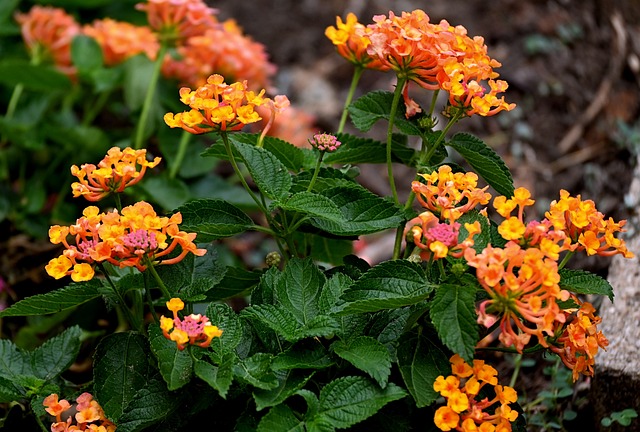
Lantana is a vigorous and colorful flowering plant that thrives in warm weather. Planting in early September allows this resilient plant to establish roots before cooler temperatures arrive. With a tolerance for drought, this highly adaptable perennial brings in butterflies and can handle various soil types, making it a standout in any garden arrangement.
Bougainvillea
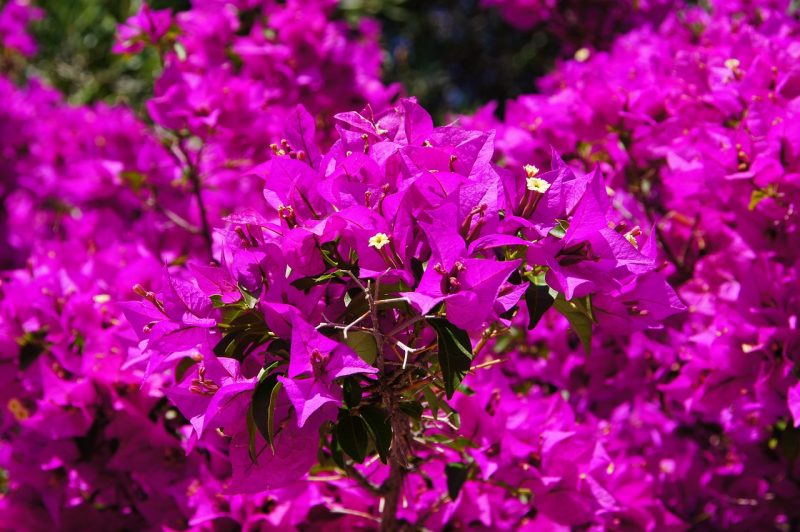
Bougainvillea, known for its stunning colors, is perfect for planting in September. It flourishes in full sun and can handle dry conditions, making it a fantastic choice for warm climates like Zone 10. Regular pruning keeps it contained and promotes continual blooming throughout the fall months.
Agapanthus
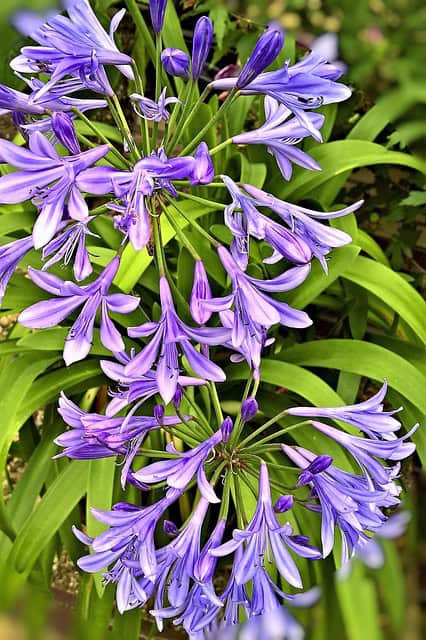
Agapanthus, or Lily of the Nile, can be planted in September to take advantage of estimated blooms in the spring. Plant in well-drained soil with full sun exposure for optimal growth. This perennial is drought tolerant once established and attracts pollinators, providing beauty and function in your landscape.
Gardenia
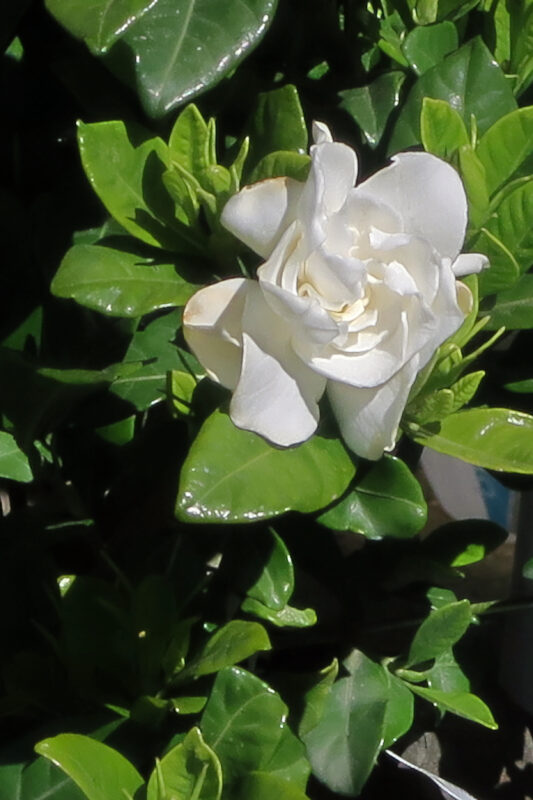
Gardenias are fragrant flowering shrubs that thrive in slightly acidic, well-draining soil. September is an ideal time for planting, allowing the roots to establish before cooler temperatures. They require consistent moisture and partial sun exposure for optimal blooming. Gardenias also attract pollinators, enhancing the biodiversity of your garden.
Plumbago
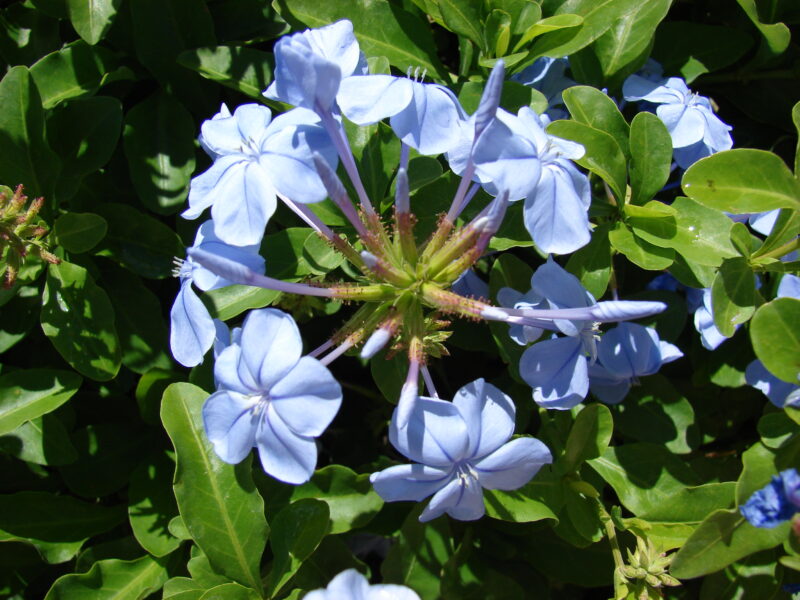
Plumbago adds vibrant blue flowers to your landscape, blooming from spring to frost. Planting in September allows the roots to take hold before winter. It thrives in full sun and tolerates drought well, making it an excellent choice for low-maintenance gardening.
Indian Hawthorn

Indian Hawthorn is a versatile shrub perfect for landscaping due to its evergreen nature. Plant it in well-draining soil with full sun exposure to ensure optimal growth. It provides colorful blooms in spring and sustains itself in various soil types, reaching up to 4 feet in height. Regular shaping encourages dense growth.
Society Garlic
Society Garlic is a hardy perennial that requires little care. Planting in September allows for stunning blooms throughout the cooler months, favoring well-drained soil and full sun. The leaves emit a garlic scent, deterring pests while attracting pollinators, and it’s an excellent option for edging paths or as a ground cover.
Oleander
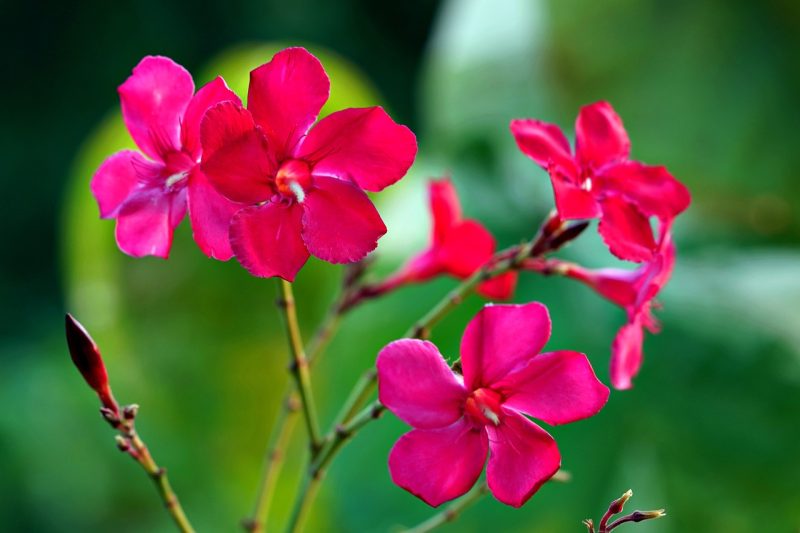
Oleander is a robust, drought-tolerant shrub that thrives in warmer climates. September plantings ensure a strong root system before winter temperatures arrive. This plant flourishes in full sun and is resistant to pests and diseases, making it a low-maintenance choice for gardens.
Hibiscus
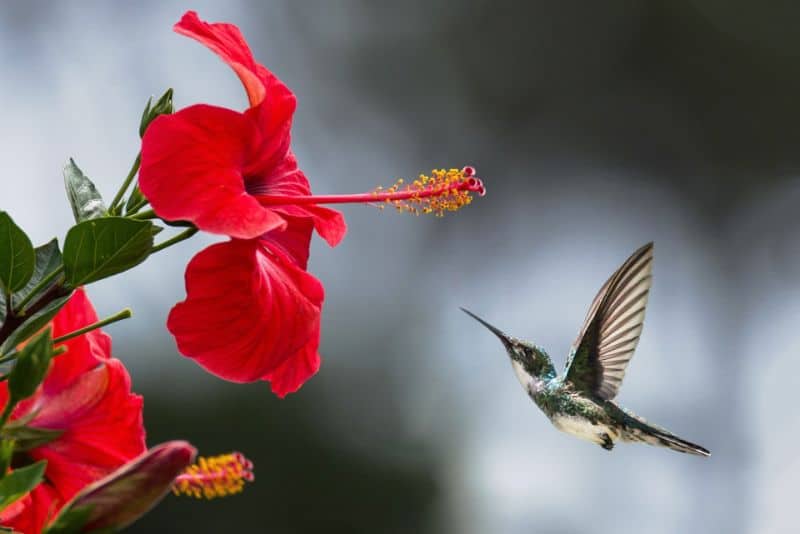
Hibiscus plants bring tropical flair to any garden. They thrive in sunny locations and can withstand temperatures in the 60s°F and above. Planting in September allows for vibrant blooms well into the fall season. Regular watering helps these beautiful shrubs flourish, and they can be pruned after blooming to maintain their shape.
Red Yucca
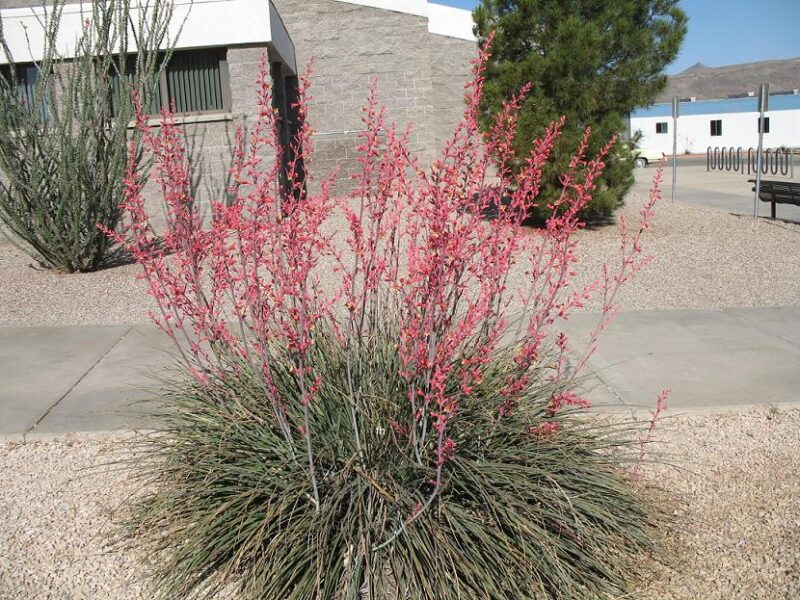
Red Yucca adds interest to any landscape. It’s a drought-tolerant succulent that thrives in full sun and well-drained soil. It blooms with tall stalks and red flowers, attracting hummingbirds and butterflies. Planting in September allows for establishing roots and drought tolerance for the upcoming dry season.





